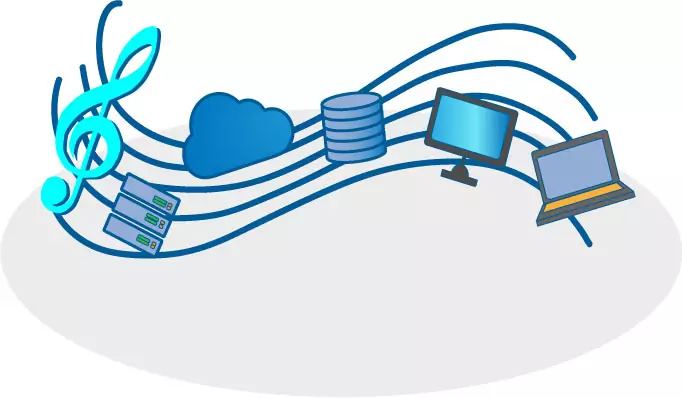The fall-out from COVID has created short-term change in every institution and plans to address a new course of action are focused on “getting back to normal.” But the notion of normal is not only hard to define in the current climate, but it’s also based on a concept that may be gone forever. Colleges and universities are clearly going through massive disruption and it’s causing stress among administrators, students, parents, faculty, and staff.
But schools can also use this time to reframe while maintaining their mission. The time to change is now, and colleges that are willing to adapt their approach can come out of this period with a better plan for their longer-term success. To do so will require a new focus on what it means to be an institution of higher learning, and what the goal of education is all about
Higher education is more than a degree
Colleges and universities perform a wide variety of services, but ultimately, they are responsible for student advancement. For some that means having access to better career opportunities upon graduation; for others, it has to do with broadening themselves as individuals. But higher education institutions also have a responsibility to society to provide opportunity and access and to hopefully create an environment that encourages growth through work and merit. Inherent in that contract is the idea that education and growth are good for society, but it doesn’t mean that it has to follow the current prescribed path to do it. The English philosopher, G.K. Chesterton said, “Education is simply the soul of a society as it passes from one generation to another.”
With this in mind, it makes sense that schools might want to take a step back to rethink how they achieve their mission. Higher education has always promised to be a place for students to learn and develop skills so they can become thoughtful, enlightened contributors to society. However, many are asking how a school can achieve this, or how it can achieve anything of value when they’ve demanded that their entire student body take classes remotely in the fall. And from a practical standpoint, this scenario begs the question of economic viability — how attractive to prospective students can a college be if all it can offer are lectures via Zoom?
To be true to their missions and to be able to deliver real value, schools don’t have to operate with an “online OR remote” quandary. If they remember their focus on giving people access to learn and develop usable skills, they likely already have what they need to be successful.
A new foundation for higher education
While uncertainty and the stress it causes is top of mind for students and university administrators alike, schools know that remote learning will be a significant part of their future, irrespective of changes due to the COVID pandemic. Rather than seeing virtual learning as a short-term panacea, or even a set-back, it should be championed, and there should be a focus on how to deliver the best academic product through digital means.
This can actually create advantages for schools that commit to doing remote learning well. In fact, a report by Babson College found that in 2018, more than 30 percent of U.S. college students had already taken an online course and were planning on taking more. What’s more, today’s college students came of age with smartphones and online access. The move to virtual classrooms isn’t as drastic as originally thought.
Herein lies the opportunity. Colleges have invested heavily in technology infrastructures to provide better delivery of academics and student services. While the original purpose may not have been solely to deliver remote learning, the tools, applications, and processes that university IT teams have at their disposal can create the foundation for their next phase.
Additionally, the applications and databases that make up that tech infrastructure provide the means to measure student performance through digital means in a way that offline engagement can’t. This isn’t a signaling of robotic, data-driven forms of learning. Quite the contrary; with all of this technology, students can learn more about themselves and where their strengths and weaknesses are. They can make more efficient use of their time to review lectures and course materials in an on-demand format. Ultimately, they can focus on outcomes rather than just adhering to a checklist of academic requirements.
This is about more access to more students. It also opens up more opportunities to change how instruction is delivered and when it is delivered. Schools will need to think through the ramifications of a multidisciplinary approach that takes into account academics, scheduling, grading, and every other form of engagement that students are accustomed to.
Perhaps most importantly, the “next normal” is about creating a different type of student. The future promises nothing but change, and those who are most agile and adaptable will succeed. So, while colleges and universities are rethinking how to balance online and offline learning, maybe they can start to remake the college experience as preparation for the world they’re entering, and the one that society needs them to thrive in.




